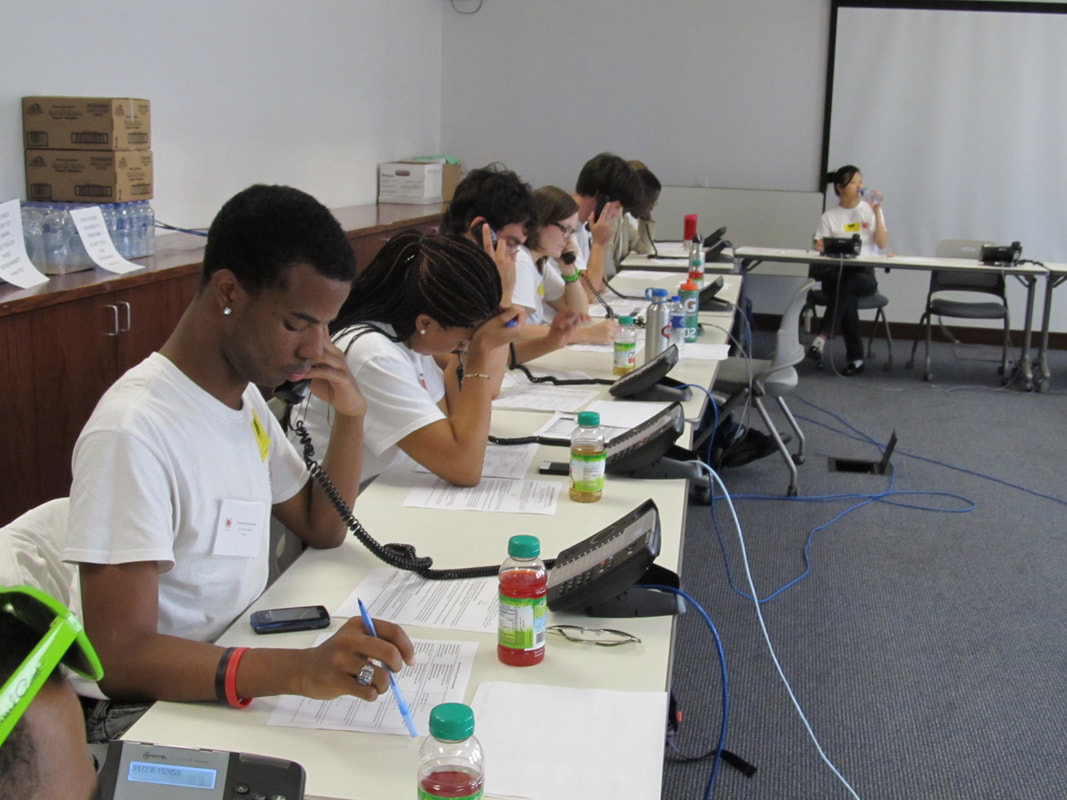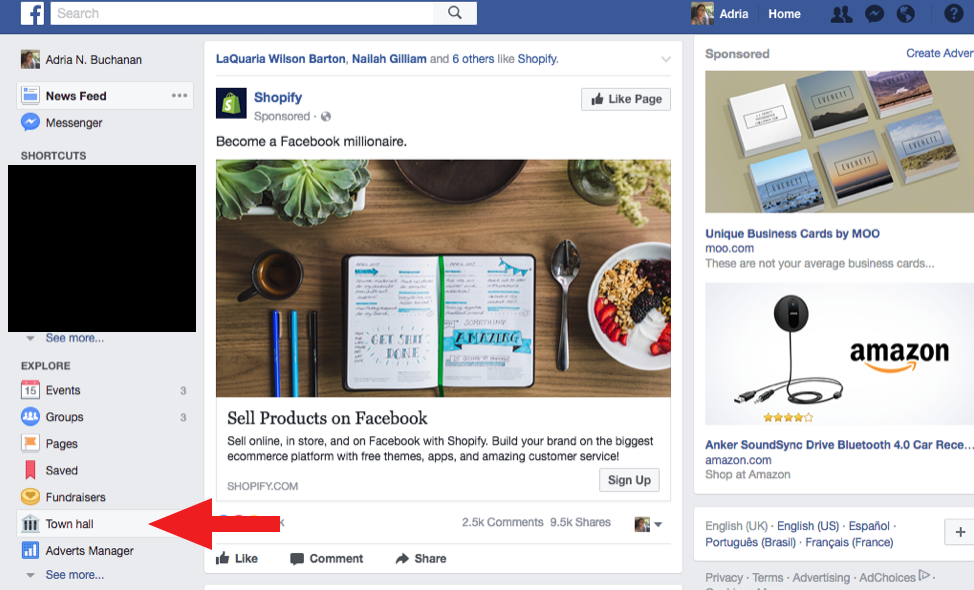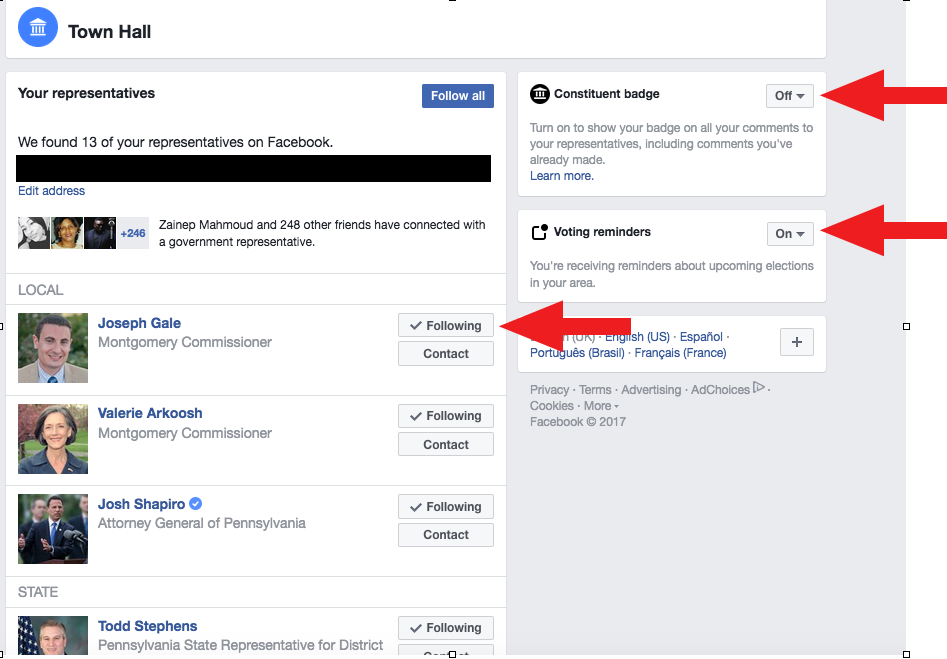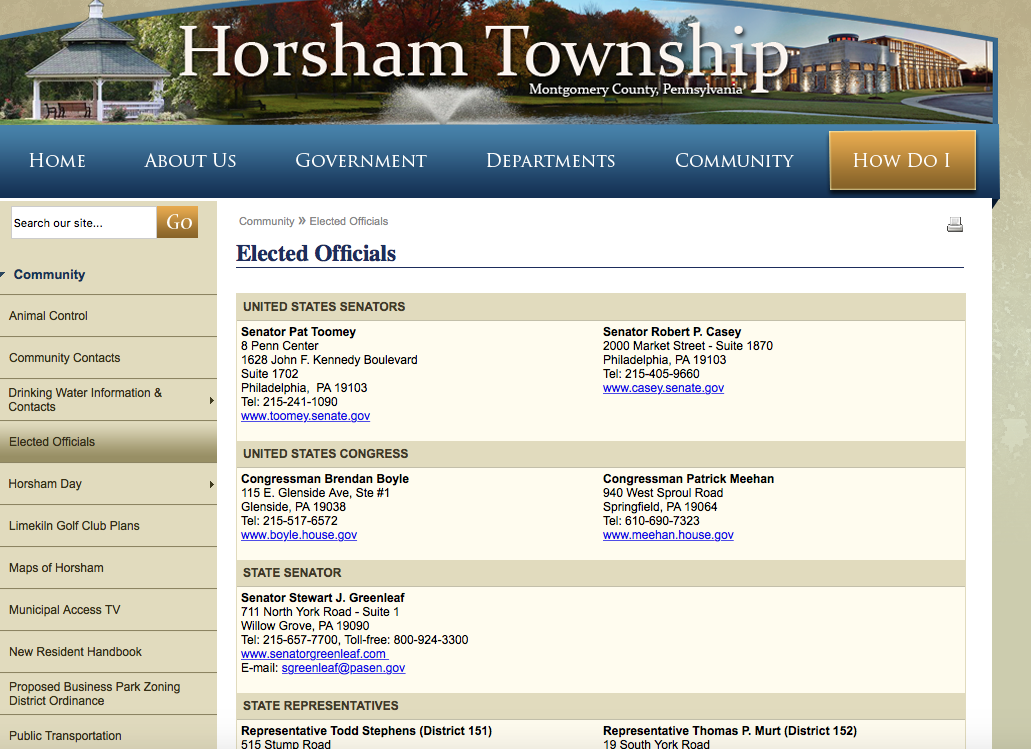|
Leading from behind. What does that mean?
Nelson Mandela, and then Harvard Business School identified this as being on the key qualities defining leadership of the future. The future is evolving into something that is more innovate and thus more competitive. We see things in front of us and we want to change them, we want to make them better, and need people to buy into our vision. But how do we do that? We could tell them, and make them follow us. We could influence them, and suggest they follow us. We could let them go, guiding from behind so they happen upon the vision themselves. or a number of other possibilities. However, leading from behind is primarily for innovators; for people who want to build communities that have a shared purpose. The tough part about this is getting two things right (according to Harvard Business School), and that is: First, leaders must ensure their organizations are willing to innovate. This is fundamentally about building community. Some leaders refer to this function as “creating a world to which people want to belong.” Second, leaders must build the organizational capabilities necessary for engaging in the innovation process. The three essential organizational capabilities are: creative abrasion (the ability to generate ideas through intellectual discourse and debate); creative agility (the ability to test and refine ideas through quick pursuit); and creative resolution (the ability to make decisions in an integrative manner). Creating community is difficult, and facilitating interaction such that people want to be part of something bigger and contribute their energy and talent to realizing that bigger vision is something that happens through trial and error. So how can we foster communities with a shared vision? How can we identify people who want to be part of what we're doing? These are the questions that will drive engagement in the future. These are the questions leaders operating from behind must answer. What kind of leader are you? Does how you lead change depending in the environment you're in? Do you notice yourself leading with a particular style more often? Leading from the side means engaging in a more democratic process whereby each decision is discussed with other team members and the person leading the group has no more power than any other person on the team to determine the direction. However, if you are leading from the side it means you aren't officially in charge but can still significantly impact the group dynamic in a few ways: 1. You can support the president in their efforts 2. You can explain what's happening to team members who may be confused 3. You can initiate projects and ideas for the group to consider 4. You can contribute to finding solutions Basically leading from the side means exerting influence to get things done. It doesn't mean you have an ulterior motive, but rather that you understand the purpose of the group is to get things done and move forward. It could be that personalities on your team are resistant to some of what the president or others have suggested. Leading from the side puts you in a position to change those perceptions and help move the group along without actually being the leader. Have you ever tried to lead from the side? There are so many different leadership styles. Each one depends on who you are naturally and what you want from the people you hope to lead.
Today I'll touch on leading from the front. This leadership style means that you lead by vision. This style is great for people who are naturally self-starters, visionaries and need little motivation to get up and get something done. Within an organization these people are often the head of a group; they set the strategy and vision. Leading from the front can also be challenging because it means that you are more prone to be by yourself if you get too far ahead of the pack. That's why it's important to constantly check in and make sure that others are with you (if that's what you need). I believe another part of leading from the front is being confident about the direction you are taking the group despite the lack of initial engagement or understanding about where it's all going. Leading from the front requires constant explanation and engagement to keep your team on board. This can be tiring but necessary. Does this apply to you? Do you find yourself walking to the beat of your own drum? The first 14 days of this series were done live on Facebook with the setting set to "public" for all the world to see. Going forward, only folks who are part of my community development mastermind group on Facebook will have access to more video-based content. This is a free group for anyone interested in furthering community development practice. What I talk about in this group will be applicable to many different people, and can benefit various organizations, including local government. It's a place to ask questions, get support and change communities.
Want in? Join the group here. When you're operating in a multi-faceted world with dynamic people it's easy for messages to get lost. People may be engaged in the moment but then forget what you asked them to do. There are many ways to prevent this, which I will talk about in future posts, but one of the best ways is to have a clear call to action.
Repeat: Have a clear call to action. When you tell people what you need them to do it signals two things: 1) that you want them to do something, and 2) what it is. I know this sounds basic, but basic is exactly what you need in a world that is complex. Does your message have a clear call to action? Is that request consistent with the value that you've provided up until that point? In other words, is it an easy ask? If so, proceed. If not, you need to think about what you can do to make that ask easier from your side. What can you do to ensure that your ask is not qualified or couched in something else because you feel like you're asking a lot? If it feels like that for you, it will feel like that to your audience. Have a clear call to action that feels easy and you will pave the way for your fans to raise their hand and follow you. Image Source: City Year Chicago There are some things that seem to never get done in any organization. Sometimes it's those small things that you always notice when they come up but a day later you forget what it was so never make a point to address it. These can be things like cleaning up an existing database, verifying contact information for local civic associations, making sure the links to resources on your website are all still functional, etc. As an employee of a moving bureaucracy it may seem your days get taken up "putting out fires" (a phrase I loathe) and other administrative urgencies, so that is why I suggest a hack-a-thon. Hack-a-thon: an event, typically lasting several days, in which a large number of people meet to engage in collaborative computer programming. Now if you know how to computer program - great! But the idea here is to set aside a couple of days a year, or more, to ask volunteers to help make government more efficient. Maybe volunteers can check all those missing links or verify information on your behalf or go through some of those FOIA requests and see what can be done. The possibilities are endless. We don't need to wait until Summer interns arrive to smooth out the kinks of government. In addition to improving the administrative process and resultant experience of constituents, volunteers gain valuable insights into how government works and the people who work daily to make life viable for so many. So consider a hack-a-thon, volunteer-a-thon, help-a-thon, etc. Sometimes we think our ideas are the best thing since the smartphone but unfortunately, that's not always the case.
Sometimes we get defensive in public meetings because we think constituents are attacking us personally, and that's not always the case. Sometimes we fail to inform the community because we don't want to admit we were wrong and for them to think we did something maliciously, but (you get the idea)... EGO: a person's sense of self-esteem or self-importance. We often take ourselves too seriously and we shouldn't. The work done at the local level is important, it certainly matters and it certainly affects those who live work and play in the community. However, rarely does one person have the power to change an entire system or set of circumstances. It often takes many actors to make or break a project, a policy and idea or a community. When we interact with the public we need to remember that. When we interact with other staff we need to remember that. When we look in the mirror we need to remember that. No one person can change an entire community. Sometimes people are blamed or honored as having a significant impact, and that is true because there are change-agents among us- advocates who are also the agitators we need to get moving in a certain direction, but we need to understand we play a small role in the overall picture. That is not to say our role is insignificant, quite the contrary, but we can only be the author or our own story, no one else's. Read the story behind See Spot Run here. So yesterday I wrote about the importance of knowing who your local elected officials are and how to find them. Today, I am flipping that around as a message to locally elected officials to find out who the local community influencers are.
Influencers are people that have influence. There are beauty influencers, brand influencers, etc. In marketing we used to know these people as brand ambassadors or spokespeople. They have a following; an audience that listens to them and believes their opinions to be solid and worth acting on. For example, if they recommend a product or service, you might see sales go up as a result. The same is true for what I call local community influencers. These are the people that can make or break your project as a collective. Local influences can wield their audience to either support what you are doing or become highly skeptical of your intentions. What they say goes and these are people you want to identify early on and possibly get them on your side. People who might be local influencers: - Local media outlets - Thought Leaders - Artists - Pastors - Non-profit Leaders - Community Activists - Civic Association Leaders - Former elected officials - Current elected officials - etc. Think about who these people might be, reach out to them and set meetings to get to know them before you actually need something from them. It may work in your favor down the road! Pro tip: Influencers are a subset of your existing stakeholder group and may be "key stakeholders" for certain projects. In order to pay attention and have an impact on your local government, you need to know who the people are who are serving you. What do they look like? Can you recognize their name in print? Would you know them if you saw them in person? Once you know who they are it's easier to follow them and their actions and make mental notes of whether or not they represent you and what you want your experience in this life to be at a local level. One of the easiest ways to get this information is by using a Facebook feature called Town Hall. Click on the feature and then input your address. It will then show you a list of government officials and you can decide whether or not to follow them. This is a quick and easy way to get information about your local officials. They will post to let you know bills they are voting on, events they have attended and general philosophies about policies impacting the current administration and their constituents. What's great is that you can comment on their posts and usually someone in their constituent service office will get back to you. If you don't have Facebook you can google "local elected officials in {zip code}" and you will get a list like this: Either way, it's important you have this information. The squeaky wheel gets the oil but if you don't drive the car you can't complain when it stops working. Government works when you use it.
Take a minute to read through the websites of some of your local officials. Your local township or county website will give you a list of people who serve your district specifically. These are the people closest to you and your experience. Not the governor, not your congressman, but your LOCALLY elected officials. Try reaching out to them first, and then if you don't get an answer, take it a step further up in the hierarchy. There are soooo many ways to engage the community, business leaders, service providers, constituents, un-employed, etc. and I really wish more elected officials and non-profit leaders would take the time to research and utilize these methods.
Here is a list of 10 resources you may have not ever heard of: 1. Pen and paper (otherwise known as acting like you care) 2. Google Alerts 3. LinkedIn (for thought leadership) 4. Masterminds 5. Facebook Groups 6. Text marketing 7. Engagement HQ 8. Darzin 9. Stakeholder Circle 10. Bots These suggestions span everything from software to in-person meetings, but the idea is that there are so many resources available, the ones in green cost money yet are worthy investments because they streamline data collection so well it's ridiculous. When I worked in India, we had to collect data first-hand, and I mean really first-hand, like using a ruler, reading the newspaper and counting words and recording information in an excel file. We were trying to figure out how much the government of India was spending on infrastructure across 5 different cities. We had people working in 5 different cities doing this and they would send their results to me and I'd compile it and synthesize it for the report. It was kind of a nightmare. We got it done, but it was difficult. In the United States, we don't have that issue. We don't have to do everything by hand. We have access to systems that when incorporated as part of a larger engagement strategy (not in place of) we can develop something truly dynamic that engages people but also collects information in a way that is useful to multiple entities over a longer period of time so that we are not duplicating efforts and taxing our stakeholder unnecessarily. I challenge you to think about how you can incorporate multiple tools into your engagement approach. Need help brainstorming? Schedule a 30-minute call with me. |
AuthorAdria is a community development consultant. She loves all things local and when she's not writing online you can find her enjoying the outdoors. Archives
January 2018
Categories |





 RSS Feed
RSS Feed
